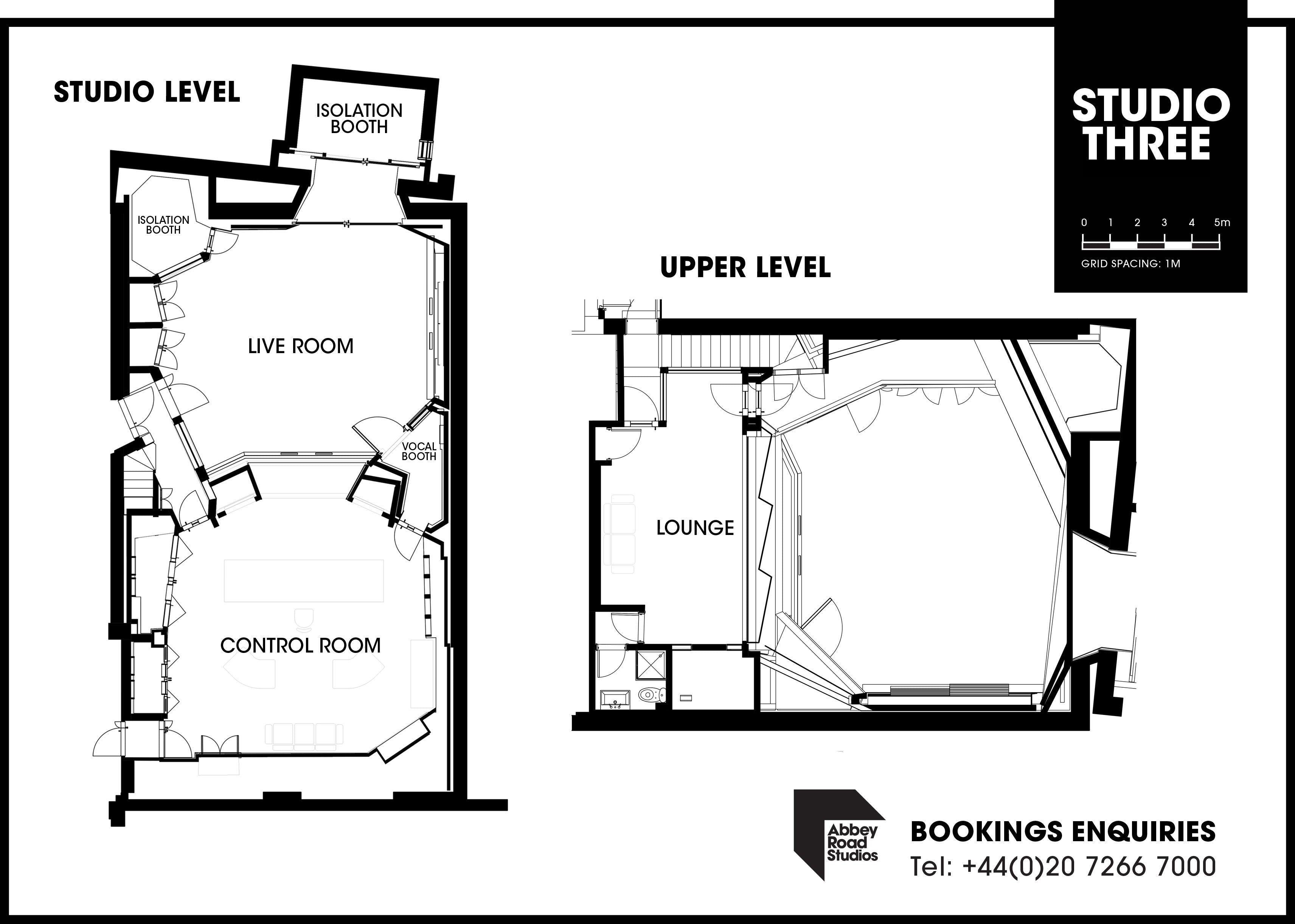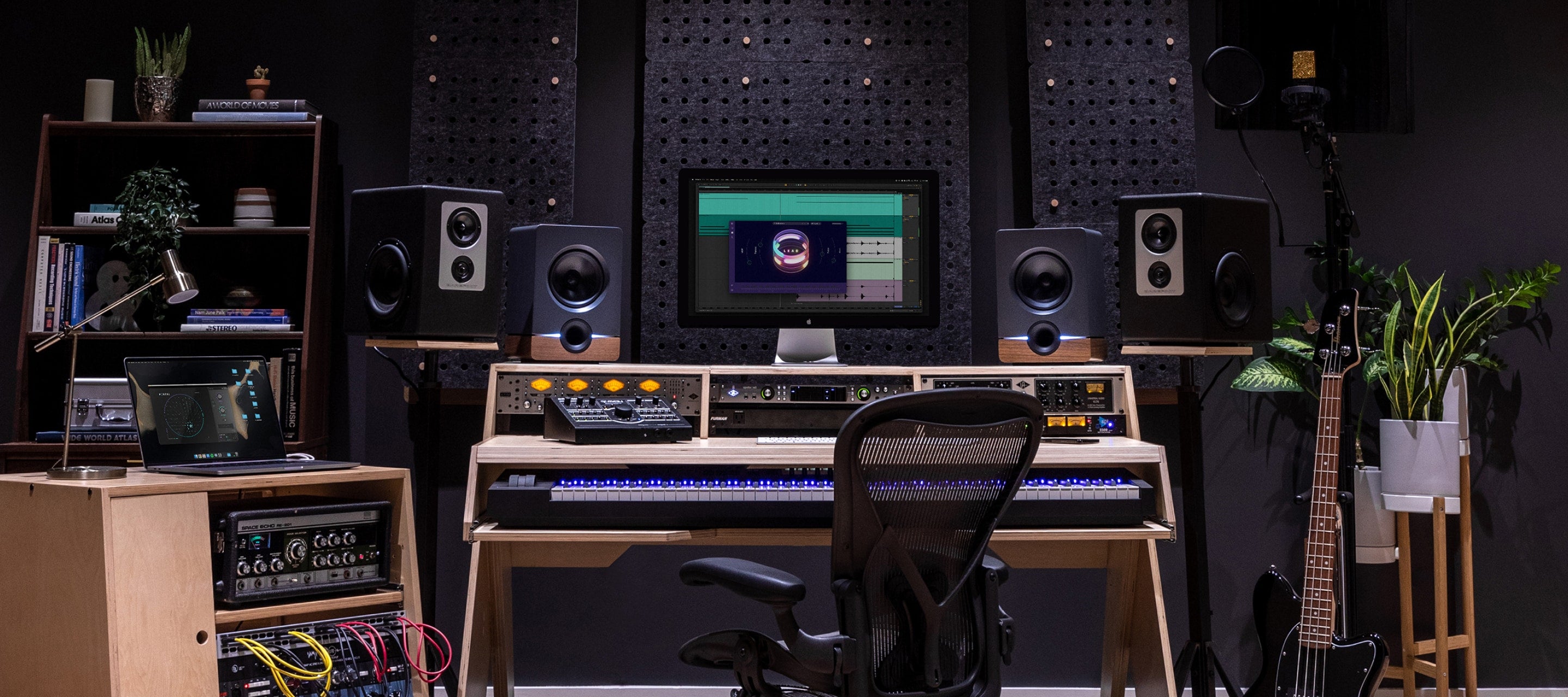If you’ve been paying attention to our social media, which you should be (@defisound on Instagram and TikTok, @de-fisound on YouTube), you’ve likely noticed the series where we evaluate professional studios. We’ve also started evaluating our user’s studios.
The physics of sound are very predictable, so we can learn almost anywhere. If a place sounds good, look around and take note at what they’ve done. If you like the sound of a certain space, and you do the same thing to yours, it will sound similar.
This obviously has practical limitations because real estate is expensive and houses tend to be square, but in this series, we’re going to call out common attributes that all of these spaces have, and how we can apply that to our own rooms. Last week, we covered the size of studios. This week, we’ll talk about Absorption.
Pro Studios Are Not Padded Cells
Overdoing absorption without adequate bass management seems to be the cardinal sin of home studios. While certain rooms like vocal booths could probably be considered padded cells, you don’t tend to see people record other instruments other than vocals, or instruments like violins, that have a similar range and volume as a voice, inside of them. The reason for this is most Absorbers don’t really do a great job of Absorbing anything below the fourth octave on a keyboard, and they’re really good at absorbing sibilance. So while the padded cell will sound dead, it will not fix any of the more problematic issues of reinforcement. The results of which will be a very dead but boomy room.
It makes sense why we do this. One of the first things we do when entering a room is to clap and check impulse response. Websites put up RT60 calculators because it’s a really easy thing to calculate, as well as calculating how much absorption will bring that number down. When you clap in an untreated room, you hear flutter echo and ringing, when you put up absorption and clap, it’s less, you put up more, it goes away, and so on. It’s the easiest discernable bang for your buck fix. It’s also not a bad thing if we do the hard part of dealing with reinforcement as well, so we’re knocking down all of the bad things at the same time keeping everything in balance.
Also, dead does not always mean good. A room with a pleasing and natural reverb tale will give your recordings some natural vibe with air, and mixes done in that room will not be inaccurate if what absorption is used, is used properly. The goal with any absorption scheme is to knock down problematic reflections, and you do that by treating parallel surfaces so sound can’t slap, and early reflectives zones that will screw up the soundstage in your mix and recording positions. The best studios tend to have flexible walls where they can quickly convert sections from absorption to reflective (This is a reason why our Absorbers are designed to be taken down easily if needed), and absorber gobos they can easily roll in and out.
As much as I’d like for you to buy a mountain of our Absorption, you’d be better served leaving some exposed wall for controlled reflections, and viewing good bass management as just as, or if not more important than absorption. Pro studios do.



